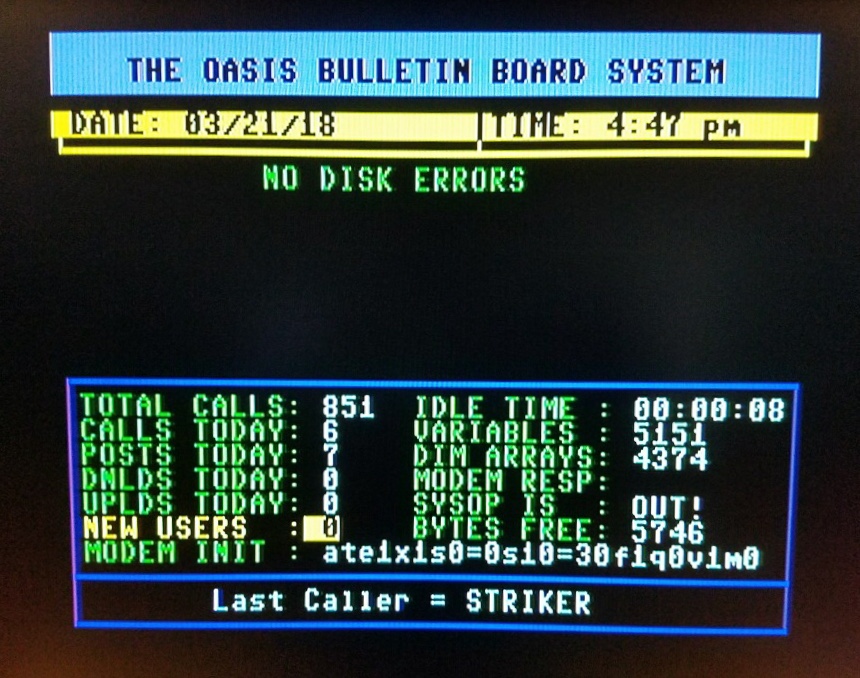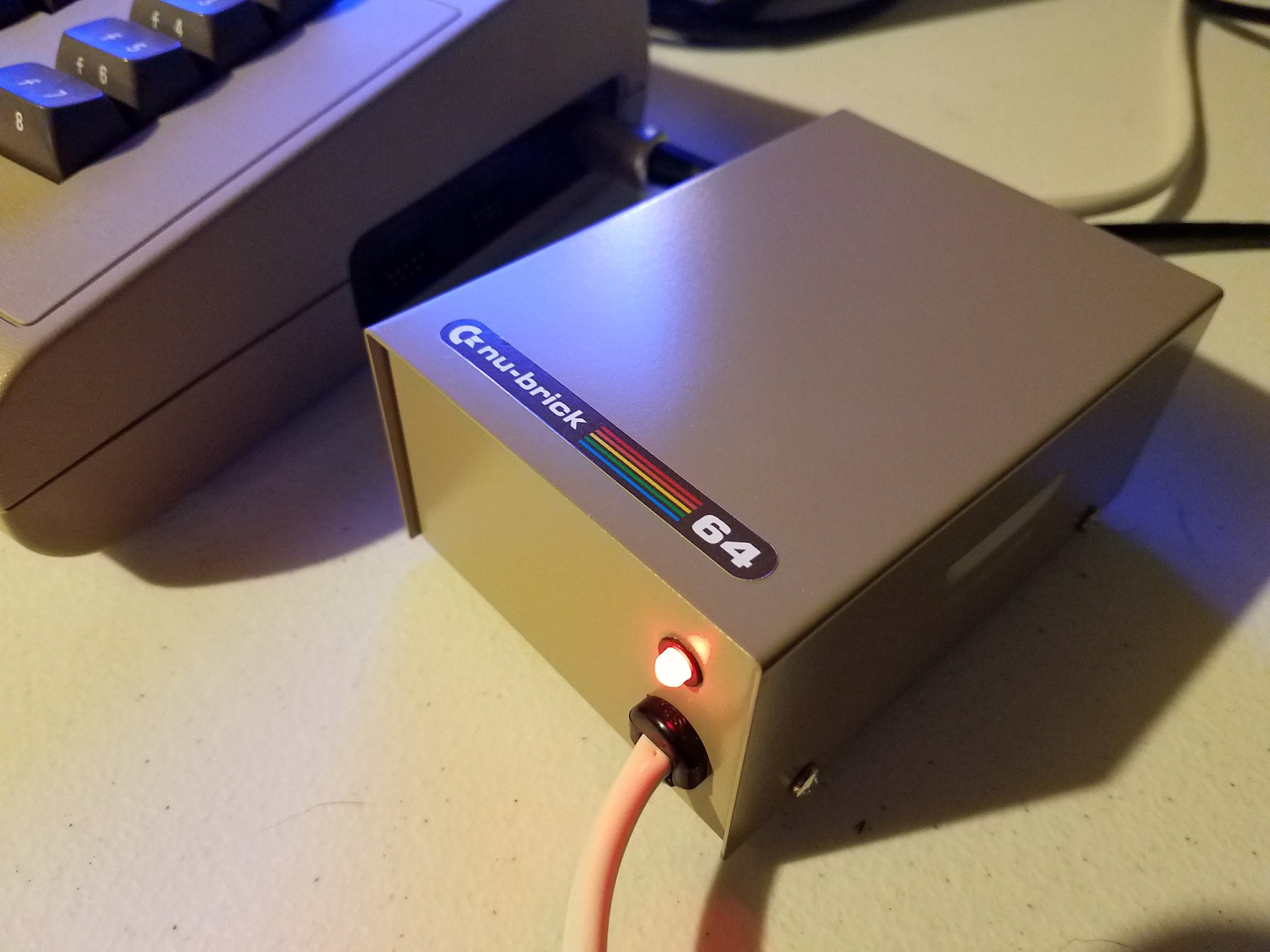The Commodore 64 isn’t just a legendary home computer—it’s a phenomenon with more lives than a cat in a debugging loop. In the latest projectCD.Chronicles video, the question isn’t “Which Commodore 64?” but “How many Commodore 64 variants are there in 2025?” The answer? More than you might expect—and each has a story, purpose, and price tag all its own.
This video doesn’t just list models—it explores the entire modern and vintage ecosystem, from the original 1982 breadbox to FPGA-powered recreations, bare-metal emulators, and lavish builds that flirt with the thousand-dollar mark. Whether you’re a hardware purist, an emulation fan, or just a retro computing tourist, this breakdown of Commodore 64 variants is a valuable resource.
The Original C64: The Benchmark
It all starts with the classic. Over 20 million units were sold globally, and many still survive in working condition. Affordable and available on the secondhand market, the original breadbox remains the heart of every Commodore collector’s dream. But like any classic car, maintaining one means sourcing original chips and components—no small feat today.
SixtyClone: For Those Who Build
For those who prefer to solder their way to joy, there’s the SixtyClone project—modern, precision replica PCBs based on the original design. Found on sites like Tindie, these allow enthusiasts to build an authentic Commodore 64 from scratch, assuming they can find (and afford) replacement chips like the SID, 6510, or PLA. Expect to spend about $550 to $650 on parts alone—plus your own time, tools, and patience.
BMC64: Bare Metal Emulation
Looking for a no-fuss, solder-free path? Enter BMC64—a bare-metal emulator running on Raspberry Pi hardware. Developed by Randy Rossi, BMC64 skips the operating system layer entirely, booting straight into a Commodore 64 experience. It supports original keyboards and joysticks and runs VIC-20 and C128 modes too. Cost-wise, it’s far more affordable at around $270, though it doesn’t play nice with legacy peripherals.
The C64 Mini, Maxi, and Black Edition
Retro Games Ltd. brought the Commodore 64 back to the living room with a trio of consumer-friendly plug-and-play options:
- The C64 Mini: Palm-sized with a fixed set of games. No working keyboard.
- The C64 Maxi: Full-size with 64 built-in games, USB game loading, and VIC-20 emulation.
- The C64 Black Edition: A stylish refresh with the same internals.
Of the three, the Maxi hits the sweet spot—about $130 new, HDMI output, and zero soldering required.
Ultimate 64 by Gideon’s Logic
Now we enter FPGA territory. The Ultimate 64 is a modern motherboard designed to be 99% compatible with the original C64, featuring HDMI, Ethernet, USB, and dual SID support. FPGA here isn’t just fancy tech talk—it means real-time hardware emulation with no software lag.
Cost: Around $300 with current Euro to USD conversion rates. Assembly: Required. Features: Impressive. This board is perfect for users who want hardware precision without vintage fragility.
The Commodore International Commodore 64
This is where things get officially licensed. Commodore International, now the owner of the Commodore trademark, has partnered with Gideon’s Logic to offer fully assembled Ultimate 64-based machines under the Commodore name. Preloaded with licensed ROMs and wrapped in breadbin-style cases (available in beige, clear, or gold), this model costs about $299 and is as close to a modern reboot as the C64 gets.
It’s plug-and-play, legally legit, and easier to acquire than building your own. For many, this strikes the right balance of nostalgia, functionality, and effort.
EVO64
The EVO64 takes things to another level—literally. Available from Retrospective Shop, this modular, enthusiast-grade motherboard is for hardcore builders. It supports multiple CPU and SID configurations, HDMI, high-end audio outputs (including tube amplification), and modern expandability.
This isn’t just a tribute—it’s a reinvention. Expect to spend well over $1,000 depending on how deep your pockets and ambitions run.
Beyond the Breadbin: Modern Components
The video smartly explores not just full systems but individual component trends too:
- Cases: Available from European makers like RetroFunction and Icon.
- Keyboards: Mechboard64 and Blingboard offer mechanical recreations.
- Chips: SID clones (Swinsid, ArmSID), FPGA replacements, and elusive originals form a gray market of their own.
- Modern processors: Projects like JCPU and Cavalry replicate 6510 and VIC-II behavior with varying degrees of success.
These individual parts allow enthusiasts to build completely new Commodores, tailored to preference and budget.
The Ultimate Sales Snapshot
The BW-produced Ultimate 64 machines are reportedly doing well, with over 6,000 units sold across three main versions: Founders Edition, Starlight Edition, and the standard beige model. The Founders model is limited to just 6,400 numbered units—so yes, it has collector appeal too.
A Video Worth Watching
This isn’t just a spec rundown or a trip down memory lane. projectCD.Chronicles treats the subject like an evolving ecosystem. You’ll learn what exists, what it costs, and what kind of commitment each option demands. Whether you’re buying a plug-and-play Maxi or assembling a tube-amplified Evo from scratch, this guide helps make sense of the cluttered but fascinating Commodore 64 universe.







